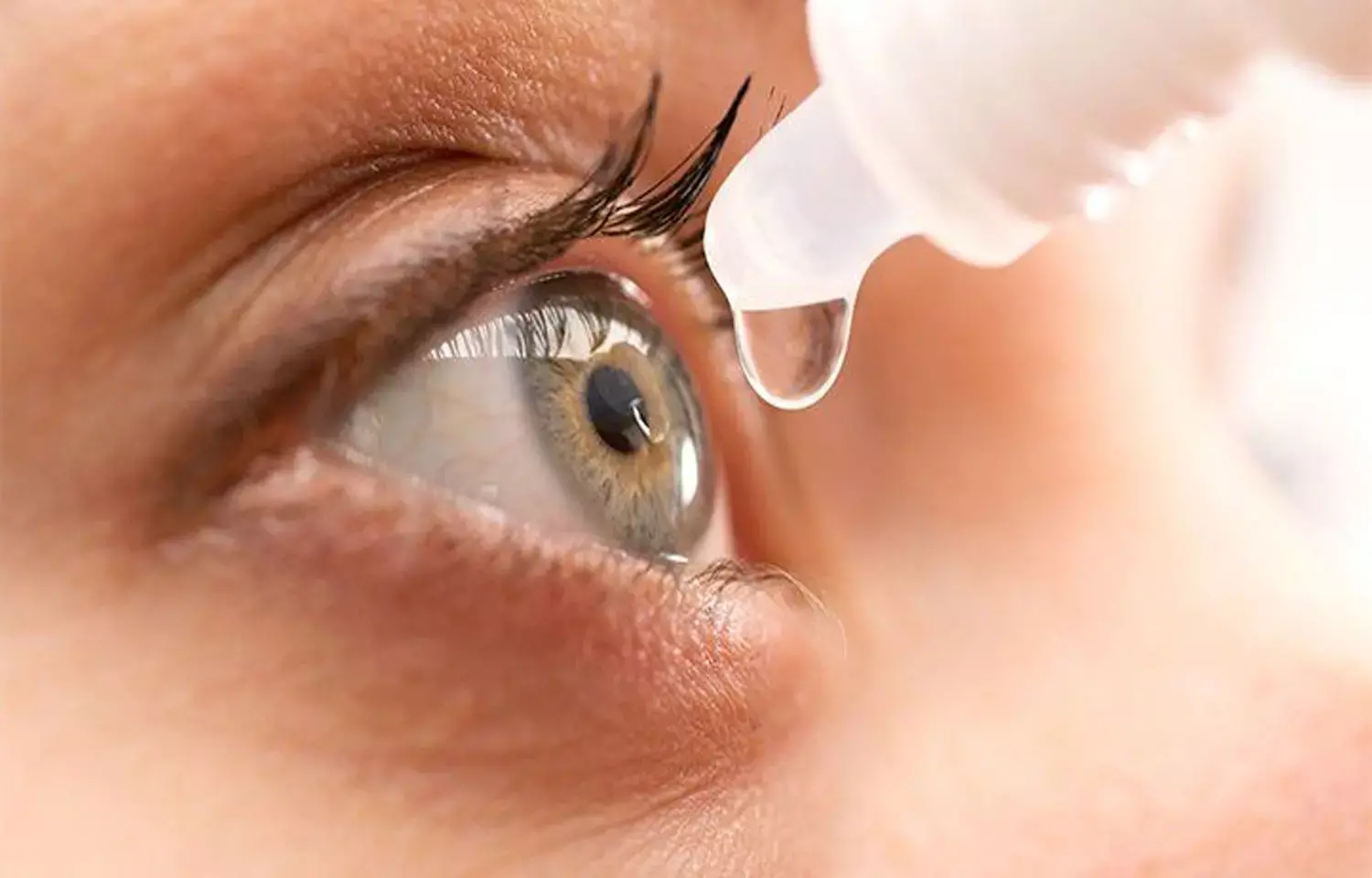- Home
- Medical news & Guidelines
- Anesthesiology
- Cardiology and CTVS
- Critical Care
- Dentistry
- Dermatology
- Diabetes and Endocrinology
- ENT
- Gastroenterology
- Medicine
- Nephrology
- Neurology
- Obstretics-Gynaecology
- Oncology
- Ophthalmology
- Orthopaedics
- Pediatrics-Neonatology
- Psychiatry
- Pulmonology
- Radiology
- Surgery
- Urology
- Laboratory Medicine
- Diet
- Nursing
- Paramedical
- Physiotherapy
- Health news
- Fact Check
- Bone Health Fact Check
- Brain Health Fact Check
- Cancer Related Fact Check
- Child Care Fact Check
- Dental and oral health fact check
- Diabetes and metabolic health fact check
- Diet and Nutrition Fact Check
- Eye and ENT Care Fact Check
- Fitness fact check
- Gut health fact check
- Heart health fact check
- Kidney health fact check
- Medical education fact check
- Men's health fact check
- Respiratory fact check
- Skin and hair care fact check
- Vaccine and Immunization fact check
- Women's health fact check
- AYUSH
- State News
- Andaman and Nicobar Islands
- Andhra Pradesh
- Arunachal Pradesh
- Assam
- Bihar
- Chandigarh
- Chattisgarh
- Dadra and Nagar Haveli
- Daman and Diu
- Delhi
- Goa
- Gujarat
- Haryana
- Himachal Pradesh
- Jammu & Kashmir
- Jharkhand
- Karnataka
- Kerala
- Ladakh
- Lakshadweep
- Madhya Pradesh
- Maharashtra
- Manipur
- Meghalaya
- Mizoram
- Nagaland
- Odisha
- Puducherry
- Punjab
- Rajasthan
- Sikkim
- Tamil Nadu
- Telangana
- Tripura
- Uttar Pradesh
- Uttrakhand
- West Bengal
- Medical Education
- Industry
Keratography not a reliable option for Dry Eye Assessment, Study finds

Non-invasive keratograph break-up time (NIKBUT), tear meniscus height (TMH), and bulbar redness (BR) were marginally associated with clinical equivalents in the Dry Eye Assessment and Management research. There was no correlation between any of the measures and the OSDI score. Objective keratography is not yet capable of independently diagnosing dry eye disease (DED), and no clinical or non-invasive test consistently separates meibomian gland dysfunction from Sjögren syndrome. This study was conducted by Sutphin, John E and his team, the findings were published online in the Journal of Cornea and External disease on 22nd July, 2021.
This study was aimed to compare objective, non-invasive tear function evaluations utilizing the OCULUS Keratography with the comparable clinical measures [tear break-up time (TBUT), Schirmer test, and bulbar erythema] in patients with moderate-to-severe dry eye illness.
The study comprised 288 participants (576 eyes) from the Dry Eye Assessment and Management (DREAM) trial of omega-3 fatty acid supplementation for DED. Standardized techniques were used to assess participants. Associations between Keratography assessments NIKBUT, TMH, and (BR) and clinical examination (TBUT, Schirmer test, and bulbar erythema) and between these test results and Ocular Surface Disease Index (OSDI) scores were summarized using Spearman correlation coefficients (rs); 95 percent confidence intervals were calculated.
Key Findings:
Sjögren syndrome was linked to lower TBUT, NIKBUT, Schirmer test, and TMH.
Only decreased TBUT was related with meibomian gland dysfunction.
At baseline, there was a modest association between TBUT and NIKBUT, as well as between the Schirmer test and TMH. At 6 and 12 months, all exhibited comparable degrees of correlation weakening. All of the correlations between the measures and the OSDI were quite poor.
In conclusion the PI said, "As we continue to search for the best metrics to define DED and its severity, we continue to depend on clinical tests that are themselves variable and often not reproducible; the search for objective minimally invasive metrics that best "capture" dry eye disease (DED) diagnosis and severity and correlate with symptoms continues,".
Reference:
Sutphin, J. E., Ying, G., Bunya, V. Y., Yu, Y., Lin, M. C., McWilliams, K., Schmucker, E., Kuklinski, E. J., Asbell, P. A., & Maguire, M. G. (2021). Correlation of Measures From the OCULUS Keratograph and Clinical Assessments of Dry Eye Disease in the Dry Eye Assessment and Management Study. Cornea, Publish Ahead of Print. https://doi.org/10.1097/ico.0000000000002804
Medical Dialogues consists of a team of passionate medical/scientific writers, led by doctors and healthcare researchers. Our team efforts to bring you updated and timely news about the important happenings of the medical and healthcare sector. Our editorial team can be reached at editorial@medicaldialogues.in.
Dr Kamal Kant Kohli-MBBS, DTCD- a chest specialist with more than 30 years of practice and a flair for writing clinical articles, Dr Kamal Kant Kohli joined Medical Dialogues as a Chief Editor of Medical News. Besides writing articles, as an editor, he proofreads and verifies all the medical content published on Medical Dialogues including those coming from journals, studies,medical conferences,guidelines etc. Email: drkohli@medicaldialogues.in. Contact no. 011-43720751


